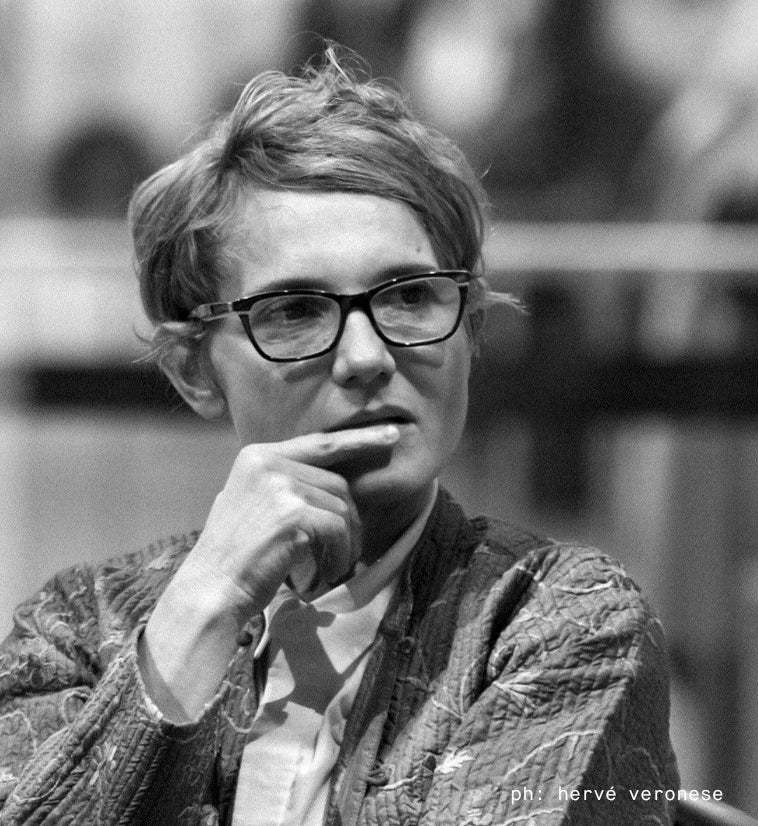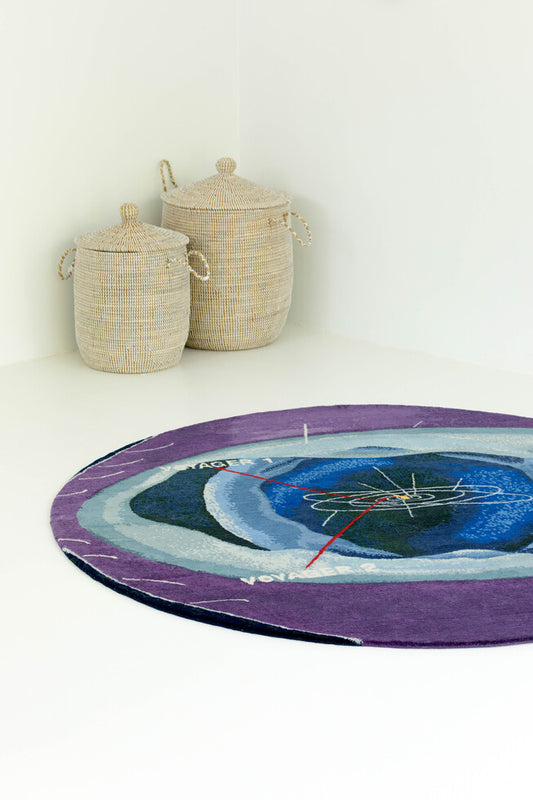Bustos
-

-
Adriana Bustos (Bahía Blanca, Buenos Aires, 1965)
“I am convinced art should produce knowledge”.
After studying Visual Arts and Psychology, Adriana Bustos first began exploring her interest in documentary practices through installations, videos, and photography. Later, she would find in drawing the means to develop a compelling narrative surrounding issues of social and political concern. Through this technique, she created an alluring aesthetic that mixes the visual language of 17th and 18th century natural science treaties, with 20th century post war graphic advertising and modern infographies. Under the delicate appearance of these detailed works, lurk the controversial subjects of power, gender and race.
The earliest versions of this series reflected upon the trafficking and commercialization of precious metals, illegal substances and human beings across the American continent, from colonial times to the present day. Visually reuniting different pieces of information -hand-drawn people, objects, advertising, maps, documents, routes, genetic codes or botanical studies-, allows her to outline a non-linear story which can be used to reread History.
Along a similar line, Bustos turned to the tradition of the bestiary, which is a compendium of beasts. Originating in the ancient world, they became popular in the Middle Ages, as illustrated volumes that described various animals. In her Bestiary of the Indias, she compiles the creatures that the Ancient Greeks believed to walk the remote parts of the world that were still unknown to them: mermaids, cyclopes, men with the heads of dogs, or no head at all. Their monstrous nature was not only physical, but also moral. These images carried on through History, and shaped early European imagination of the New World.
-
Bustos Adriana, Golden Record
Precio habitual A partir de $4,000.00 USDPrecio habitualPrecio unitario por


